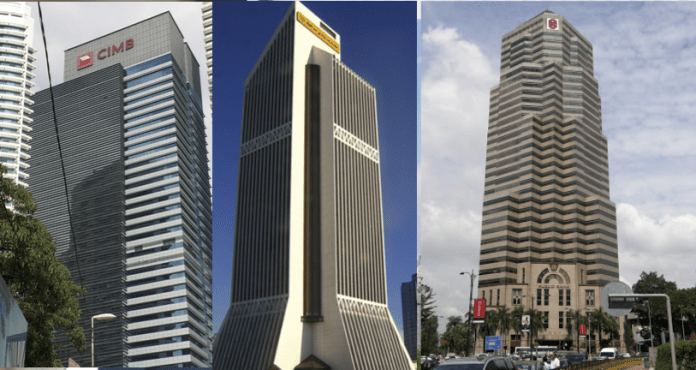In its third installment of Insight Series RAM’s banking sector specialist, Amy Lo reiterated the rating agency’s stable outlook on the banking sector. “Malaysian banks should continue to deliver resilient performances in the coming year although global and domestic conditions have become more uncertain,” Lo said. Sturdy capitalisation and strong provisioning buffers have put banks in a good position to cope with fresh macroeconomic headwinds from the spillover effects of the Russia-Ukraine war.
She expects loan growth to come in at 4.5%-5.0% in 2022 (2021: +4.5%), driven by both household and business loans. Loan applications began to pick up in 4Q 2021, underpinned by pent-up demand and the reopening of the economy. This is consistent with the findings of its Business Confidence Index survey which showed businesses are firmly optimistic about their three-month outlook. The overall index clocked in at 65.0, up from 55.4 recorded in the preceding quarter and well above the positive sentiment threshold of 50. Bank Negara Malaysia’s two recent 25-bp overnight policy rate hikes and another 25-bp increase expected in 2H 2022 may dampen credit demand somewhat but should not derail the loan growth momentum from relatively conservative projection.
RAM Senior Economist and Co-Head of Economic Research, Woon Khai Jhek, affirmed his view that economic recovery will tread a firmer path this year as the country transitions into an endemic phase. Domestic demand will be the key driver, supported by the resilient labour market and ongoing policy support measures. Exports will also stay strong with sustained demand for electrical and electronic goods. The firm momentum in 1H 2022 is anticipated to propel full-year growth to 5.8% from 3.1% in 2021. “However, downside risks have become more prominent as all-time high inflation puts the brakes on global growth, limiting the potential upside to Malaysia’s economic recovery,” Woon notes.
The session also discussed what to expect as debt forbearance plans expire. Banks’ exposure to assisted loans dropped sharply to around 8% as at end-April to mid-May 2022 (based on data of eight selected local banks), from 28% as at end-December 2021. Impaired loans will inevitably creep up as relief measures are rolled off, alongside rising inflation and interest rates that may affect certain pockets of highly leveraged borrowers. The banking system’s gross impaired loan (GIL) ratio could climb to 2.2% by year end (end-May 2022: 1.64%).
“That said, we have seen early encouraging repayment trends for expired relief loans. At the same time, banks remain accommodative in extending additional support to distressed borrowers on a case-by-case basis, which could limit the uptick in impaired loans this year,” observes Wong Yin Ching, RAM’s Co-Head of Financial Institution Ratings. Some weak loans may only crystalise in 2023, given continued assistance from banks and borrowers’ savings buffer from earlier loan moratoriums and special withdrawals allowable under retirement savings.
RAM does not envisage provisions to rise in tandem with impaired loans in view of the large provisioning buffers built up since the onset of the pandemic. RAM projects the average credit cost ratio of the eight banks to recede to 35 bps in 2022 (2021: 49 bps), although still above pre-pandemic levels. Banks are likely to tread carefully with provision reserve releases until a clearer picture of post-relief repayment trends emerges. On this note, GIL coverage (including regulatory reserves) stood at a stronger 128% as at end-March 2022, noticeably higher than the 107% seen as at end-December 2019.
RAM expects the funding and liquidity profiles of banks to stay healthy. “As interest rates trend up, deposit competition will be keener and banks’ funding profiles will normalise more quickly,” Financial Institution Ratings Co-Head, Sophia Lee, said. “Current and savings account deposits will continue to decelerate (May 2022: +8.1%) after expanding at double digits in the last two years. Fixed deposits, on the other hand, have started to inch up, reversing the contractionary trend,” she adds.
The lower cost of risk and slightly broader margins from rate hikes will provide moderate upside to banks’ profitability. However, subdued trading and investment income amid upward pressure on bond yields as well as the one-off Cukai Makmur (prosperity tax) may erode some of these benefits. Capitalisation remains a key credit positive for the sector. A handful of banks had opted for transitional arrangements during the pandemic – an optional central bank forbearance measure which lifted banks’ capital ratios. Even after stripping out the effect of the temporary capital benefit and continued unrealised losses on bond valuations, we expect banks’ capital buffers to stay robust.









